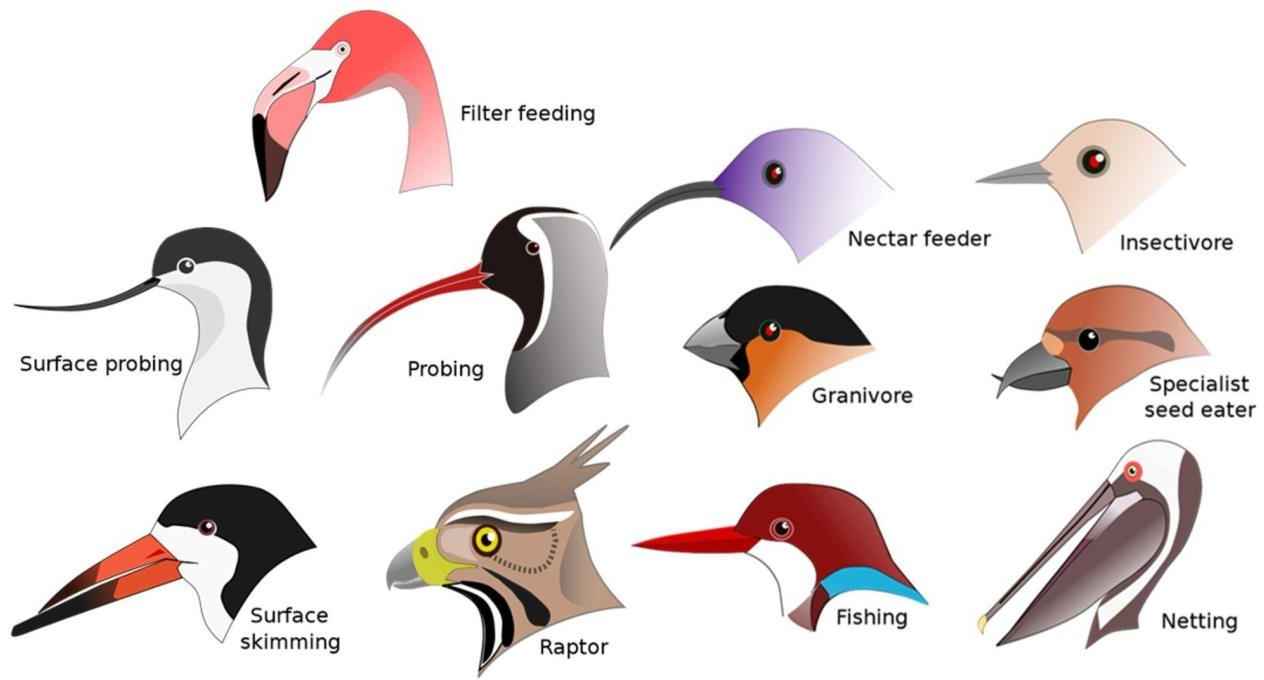Important Facts For Prelims
Sympatric Speciation
- 31 May 2024
- 4 min read
Why in News?
A recent study from the Indian Institute of Technology Bombay (IIT-B) sheds light on the mechanisms of sympatric speciation, challenging the traditional view that new species can evolve only when populations are isolated by geographic barriers (a process called allopatric speciation).
What is Sympatric Speciation?
- Definition: Speciation occurs when a group within a species separates from other members of its species and develops its unique characteristics.
- Sympatric speciation occurs when new species evolve from a single ancestral species while inhabiting the same geographic region.
- Allopatric Speciation: Traditionally, speciation was thought to occur mainly through allopatric speciation, it occurs when a species separates into two isolated groups due to a geographical barrier, leading to different development based on their unique habitat or genetic characteristics.
- Example: When the Grand Canyon formed in Arizona, it separated a population of squirrels and other small mammals, leading to allopatric speciation.
- As a result, two separate squirrel species now inhabit the north and south rims of the canyon.
- In contrast, birds and other species were able to cross the canyon barrier and continue to interbreed without being divided into separate populations.
- Example: When the Grand Canyon formed in Arizona, it separated a population of squirrels and other small mammals, leading to allopatric speciation.
Other Types of Speciation
- Peripatric Speciation: It occurs when small groups break off from a larger group to form a new species, due to physical barriers preventing interbreeding.
- The main difference from allopatric speciation is that in peripatric speciation, one group is much smaller than the other. Unique traits of the smaller group become more common in future generations, distinguishing it from the others.
- Parapatric Speciation: It occurs when a species is spread out over a large geographic area, and individuals only mate with those in their region.
- Different habitats influence the development of different species in parapatric speciation. This can happen when part of an environment is polluted, leading to the formation of unique species that are suited to survive in different environments.
What are the Key Highlights of the Study?
- The study focused on three key factors like disruptive selection (where extreme traits are favoured), sexual selection (mate choice based on specific traits), and genetic architecture (how genes influence traits). Researchers simulated a bird population to understand these processes.
- Disruptive Selection: Individuals with extreme traits have higher fitness than those with intermediate traits due to non-uniform resource distribution in the environment.
- Example: Birds with small beaks were better suited for food resources like nuts, while those with longer beaks were more efficient at utilising flower nectar as food.
- Researchers found the disruptive selection, favouring extreme traits based on environmental resource variations, can create a "divide" within a population without geographic isolation.
- Sexual Selection: Contrary to traditional belief, the study reveals that sexual selection favouring resource-relevant traits (e.g., beak size) drives sympatric speciation, not arbitrary traits like feather colour.
- Arbitrary trait-based sexual selection does not lead to speciation. The study also notes potential lower offspring fitness due to sexual selection.
- Genetic Architecture: The study found that genetic architecture plays a key role in sympatric speciation likelihood. Even with weak disruptive selection, if genetic architecture permits trait changes (e.g., beak size), new species can emerge.







